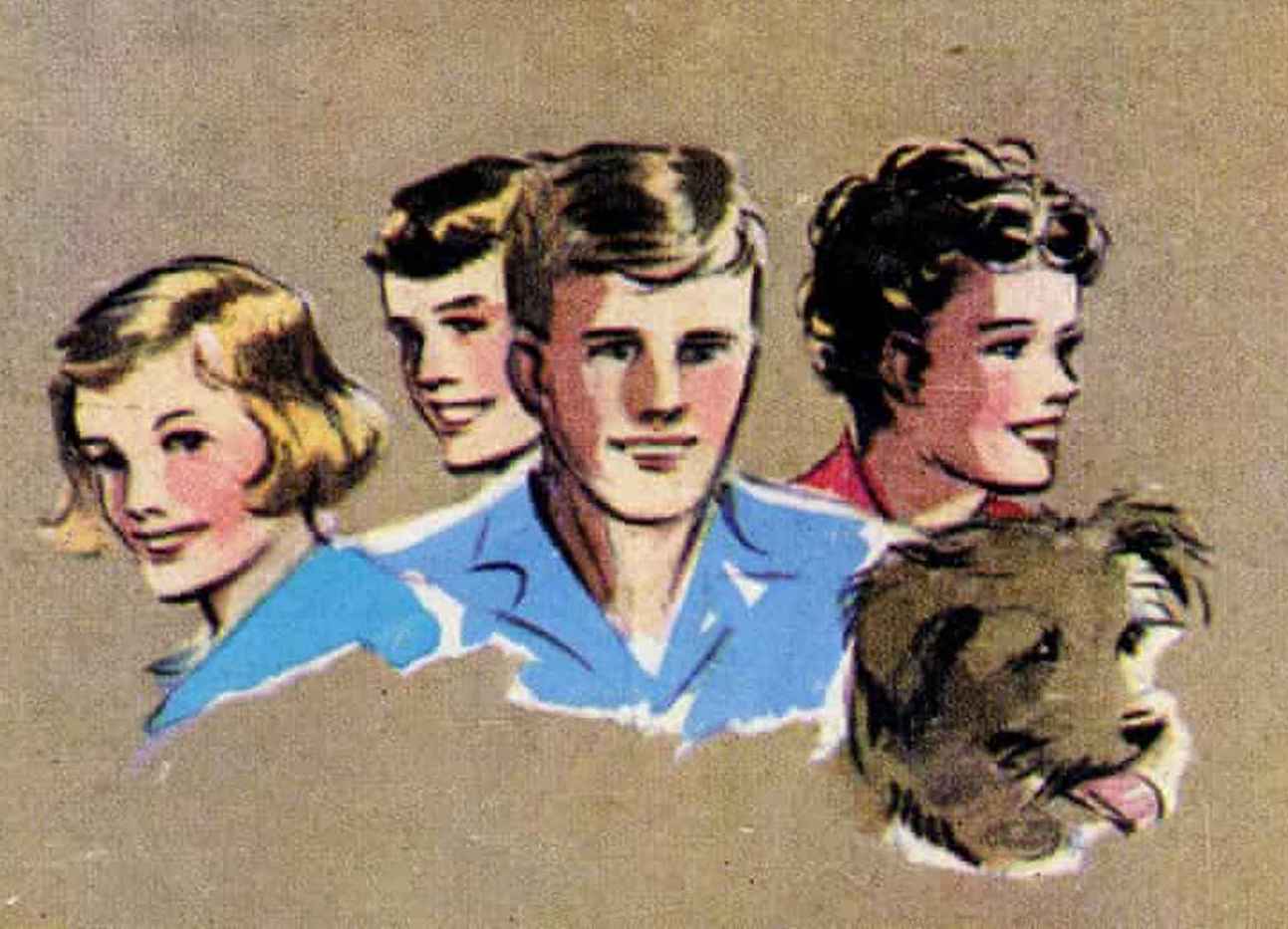Originally posted 2021-11-14 19:39:52.
In the West, tomboy behaviour in childhood is mostly just role-play and should be treated as such — with good-humoured tolerance. Girls want to enjoy the fun in the same way as boys do, because prior to puberty, they are not really different at all. Indeed in many cultures, pre-pubertal boys and girls are not differentiated. They play the same games and wear similar clothes.
Tomboy behaviour is not necessarily indicative of Sexual Inversion, whereas persistent feminine behaviour in a boy is more likely to be.
We know this because of the number of adult women who claim to have been ‘very boyish’ as children, but are now heterosexual or cis-lesbian. It would be rare indeed to find a straight man being quite so open about girly behaviour in his childhood; the only males who do that, in my experience, are either ‘gay’ or transsexual — ie they are Sexually Inverted.
[rml_read_more]
An interesting example comes from the children’s author Enid Blyton. The wokos are trying to cancel her right now, so a nod in her direction seems appropriate, given that, being dead, she can’t fight back herself (always the kind of adversary preferred by woko scumbags.)
In Blyton’s Famous Five series (actually four kids and a dog) one of the girls, Georgina, was a classic tomboy. She insisted on being called ‘George’, wore her hair cropped short and boys clothes and if I remember right, enjoyed whittling sticks with a penknife. (Timmy the dog belonged to her.) In fact she was portrayed as more masculine than one of the two boys, Dick. She was also a more vibrant and rounded character than the other girl, Anne, the youngest of the tetrad. She was Suzie Creamcheese personified.
George…imitates traditional masculinity as an attempt to receive equal treatments. She over-compensates…to…hide any traces of being a girl…perhaps George is a transman; a boy trapped in a girl’s body… it is clear that Blyton intended George’s character as someone who breaks away from tradition.
Sukanya Balaji
Most of Blyton’s work is observational so I have no doubt at all that she knew a girl like this well at one point; or George might even have been a portrait of herself, for she was a determined, successful career woman. The character is just too alive for it to be entirely fictional and I speak as an author of fiction who spends a lot of effort on characterisation. Blyton did not elaborate on George’s later life, but given that the first in the series was written in 1942, it does make you think!




